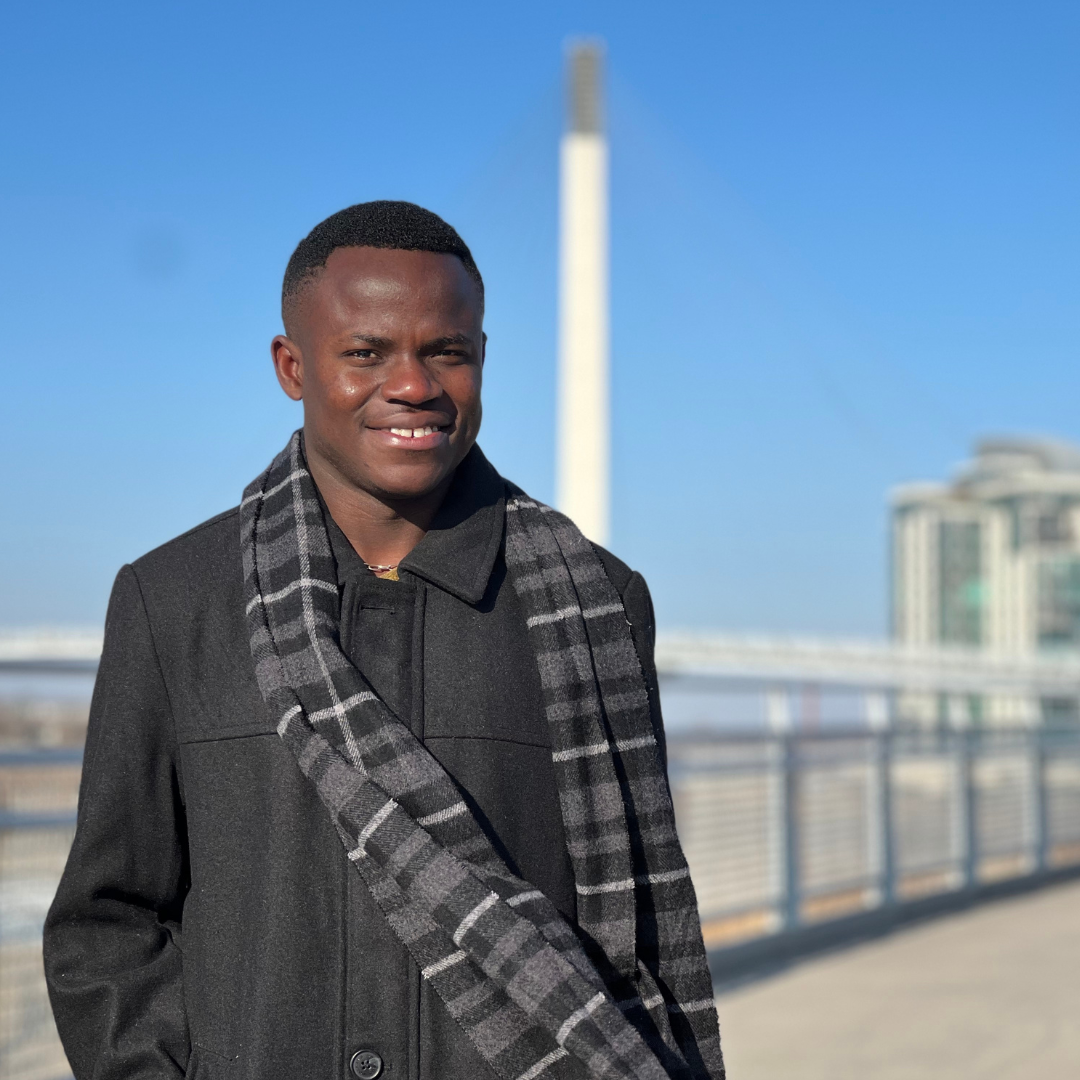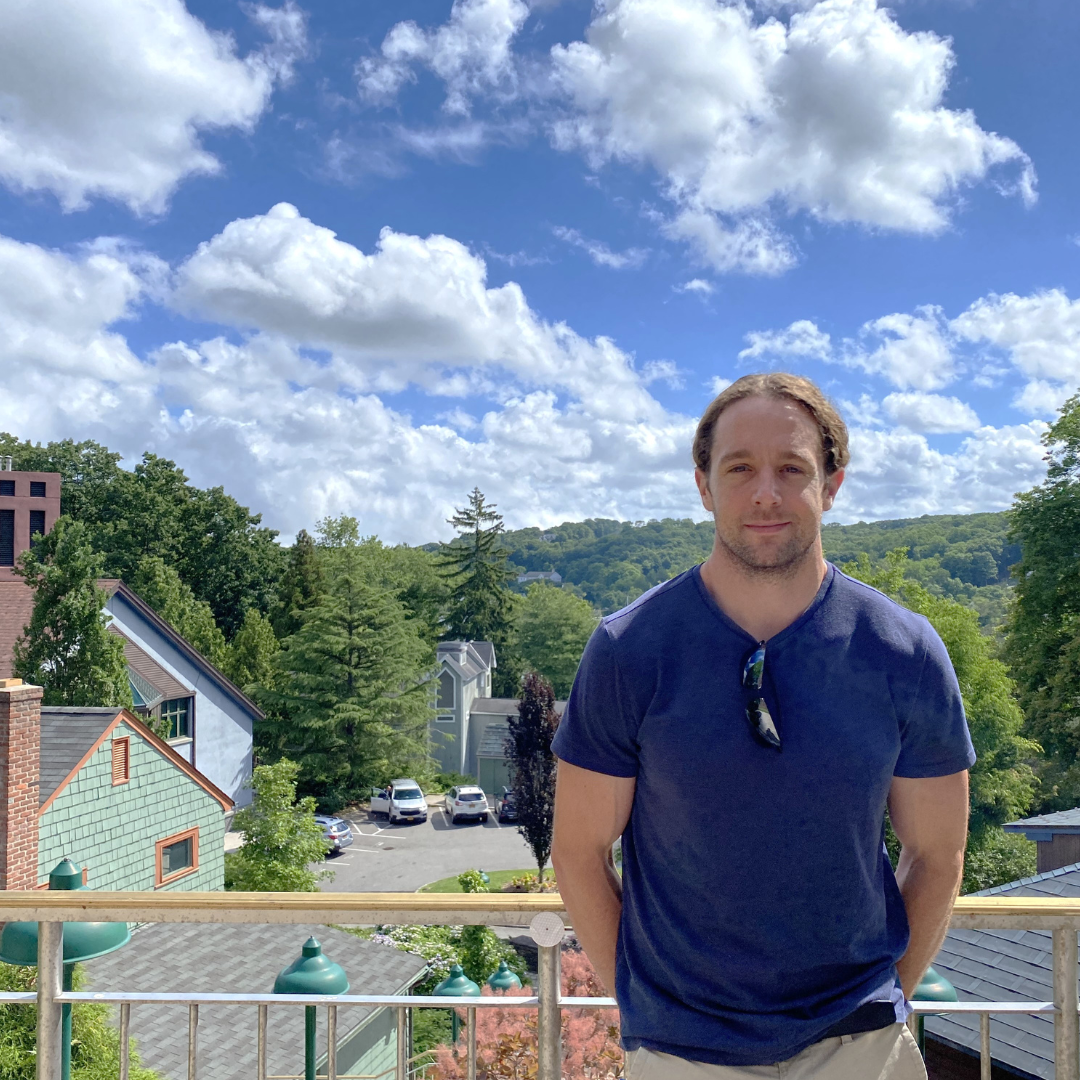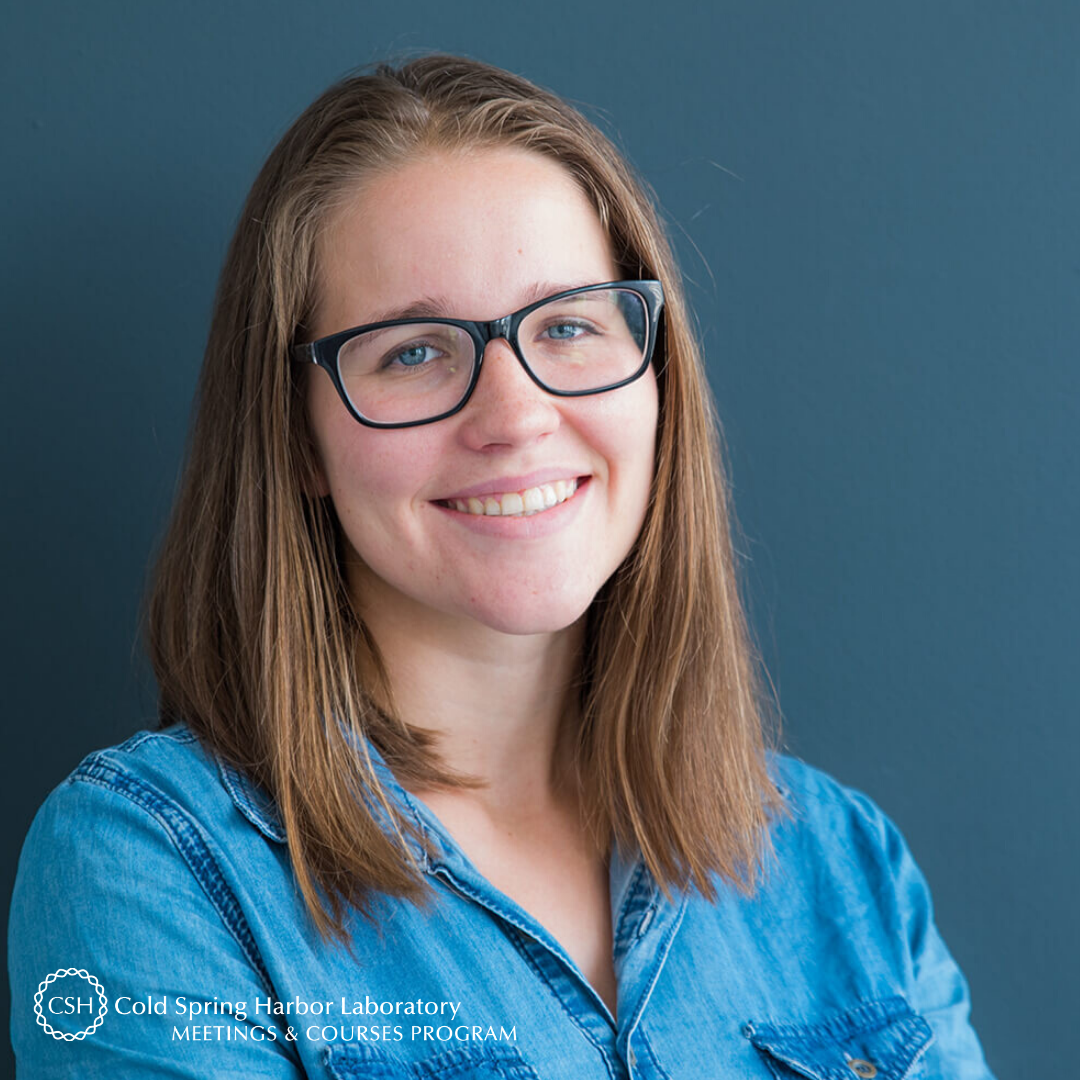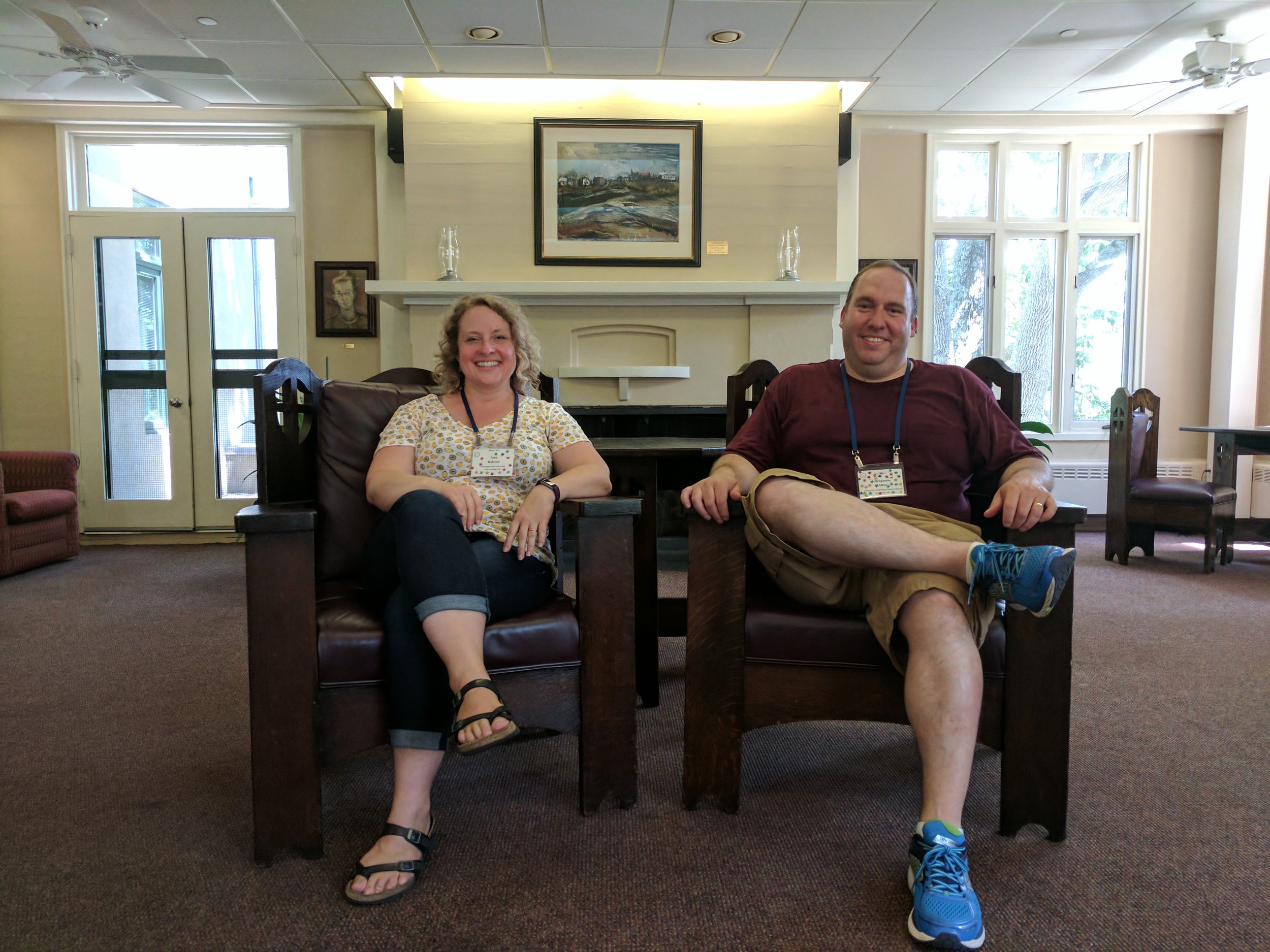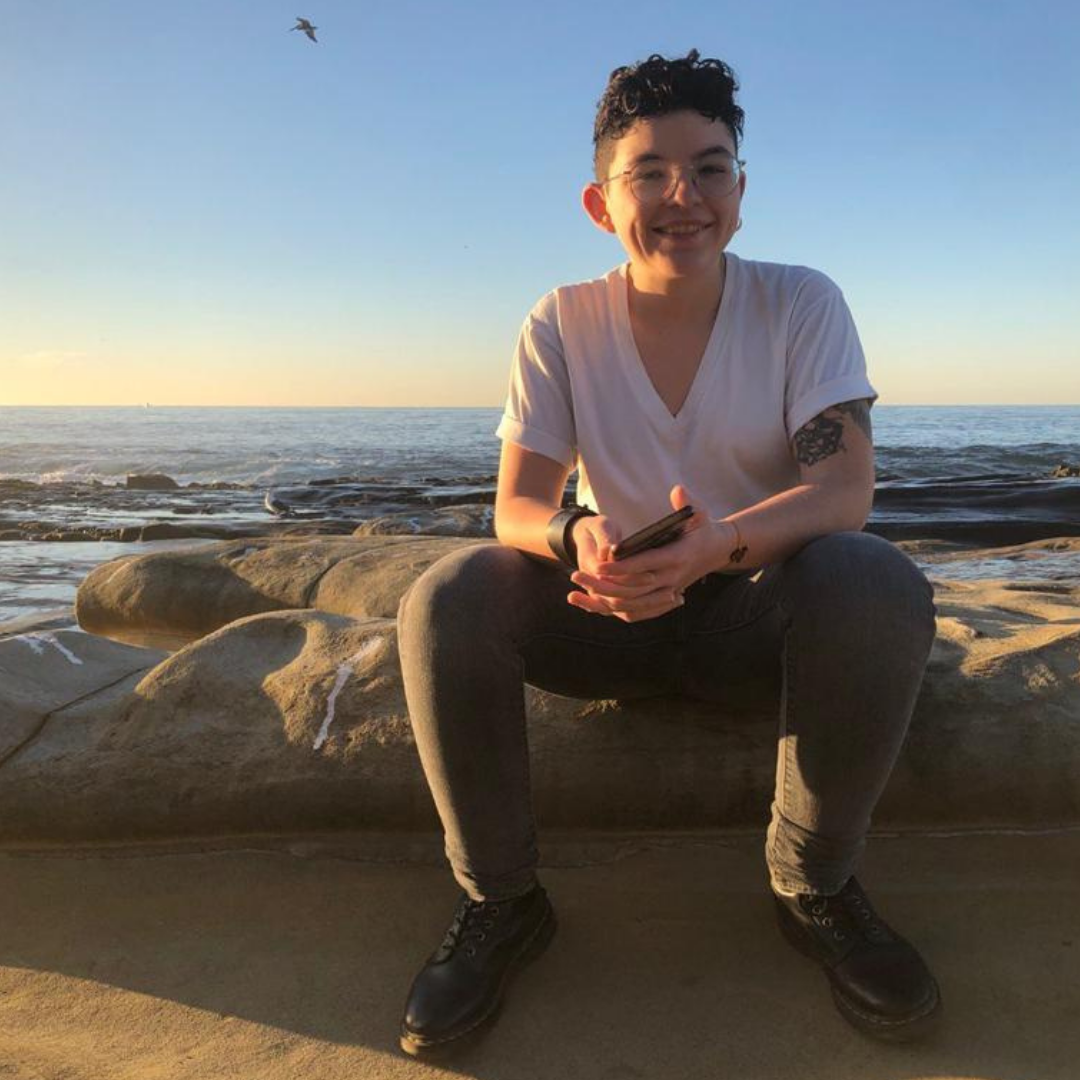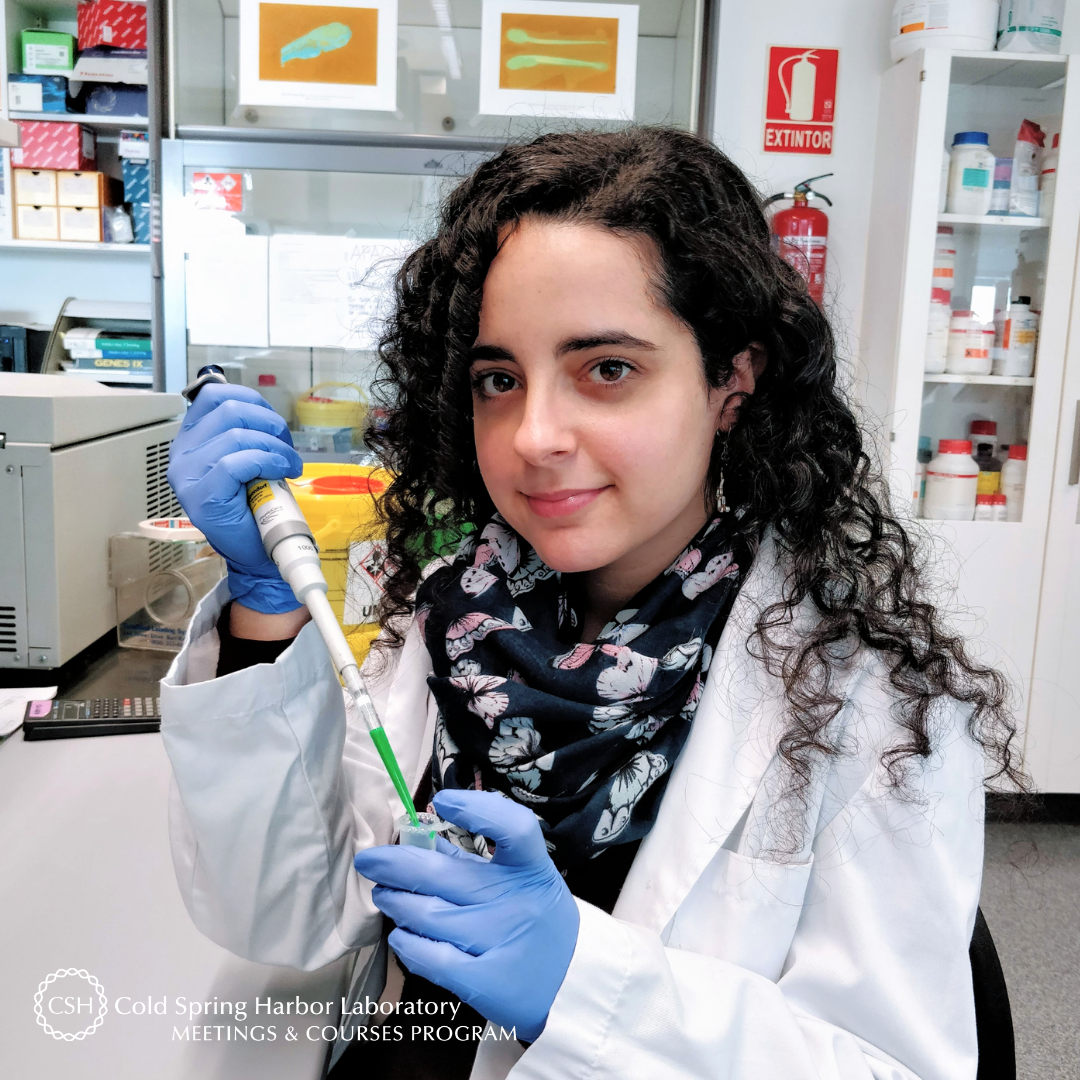Meet Matthew Jessop of the Institute of Cancer Research (United Kingdom). Matt is a postdoc and this is his first in-person meeting since the pandemic. He is a member of Sebastian Guettler’s lab, and is at CSHL for The PARP Family & ADP-ribosylation meeting where his poster presentation of “Structural basis of tankyrase activation by polymerization” was met with “in-depth discussions about what [they’re] working on and…some [new] ideas about other things [they] could try.”
Tell us about your research.
I’m working towards solving the structure of Tankyrase, a protein involved in signaling pathways that often go wrong in cancer. By understanding Tankyrase’s structure, we hope to build up a model of how it functions in the cell to be able to design new drugs to target these pathways.
How did you decide to focus on this project?
I’ve been working in structural biology for a few years, but I really wanted to work on a project that had real-world implications for human health. The team I’m working in is also very multidisciplinary, which means that we’re constantly learning from each other and giving each other fresh ideas.
What and/or who is the inspiration behind your scientific journey?
I’ve been lucky to have amazing mentors over the past few years, both when I was studying in New Zealand and during my PhD in France – Dr. Irina Gutsche and Dr. Ambroise Desfosses taught me a huge amount about electron microscopy and made me passionate about the technique.
Where do you see yourself in five years?
Eventually I’d love to start my own research group and keep working in structural biology of proteins involved in human disease, either in the UK or back home in New Zealand.
What do you love most about being a researcher?
Even though the problems we work on can be challenging, having the chance to increase our understanding of these complex biological processes at an atomic level is really exciting.
What drew you to attend this meeting?
There was an amazing speaker line-up at this meeting, and being able to see the latest unpublished work was a really big drawcard. Even with all of the ways that conferences have changed recently, there really is no substitute for getting together in person with experts in the field to talk about recent developments and fresh ideas!
What is your key takeaway from the Meeting; and how do you plan to apply it to your work?
There have been some exciting new experimental techniques for studying PARPs presented at this meeting, and we hope to try and use these for our own project in the future.
What feedback or advice would you share with someone considering to participate in this meeting?
I would say go for it! The whole conference is particularly well-run, and it’s in an amazing location too.
What’s the most memorable thing that happened during the Meeting?
For me the poster session was a highlight – as well as presenting my own poster I got to walk around the room and see the huge variety of work being done in the PARP field. There are people from all different scientific backgrounds at this meeting, which means that you get lots of ideas from fresh perspectives.
Is this your first in-person meeting since the pandemic?
This is my first in-person meeting since before the pandemic. While virtual conferences have been great for the past two years in keeping us connected, and hybrid meetings such as this one give people options to still attend if they’re unable to make it in-person, the networking that happens outside of the scientific presentations is really valuable.
What do you like most about your time at CSHL?
Being able to walk down to the harbour and get some fresh air during breaks was fantastic, it’s a wonderful place to have a conference!
Thank you to Matt for being this week's featured visitor. To meet other featured researchers - and discover the wide range of science that takes part in a CSHL meeting or course - go here.
Image provided by Matthew Jessop



